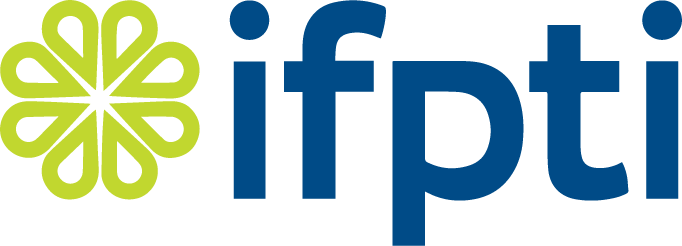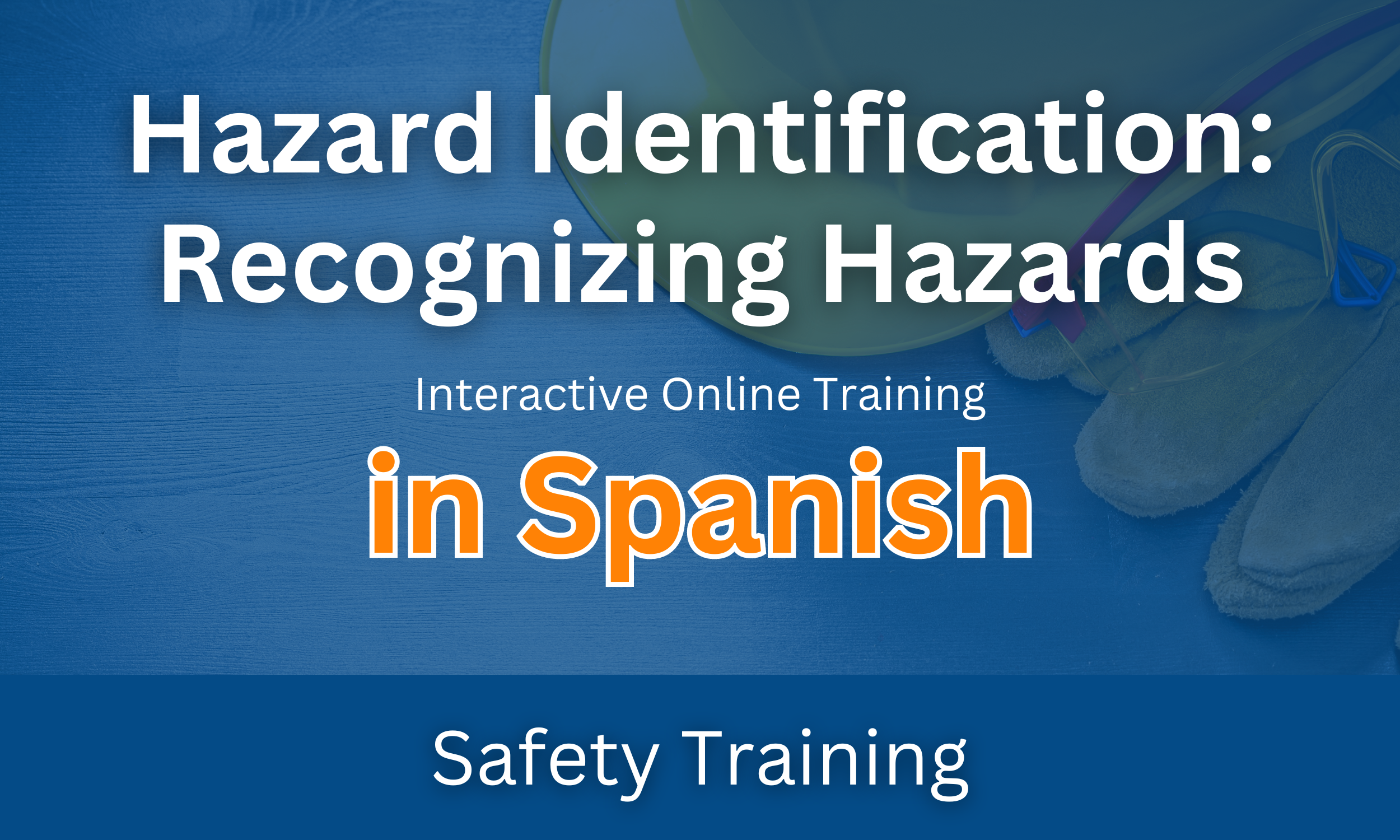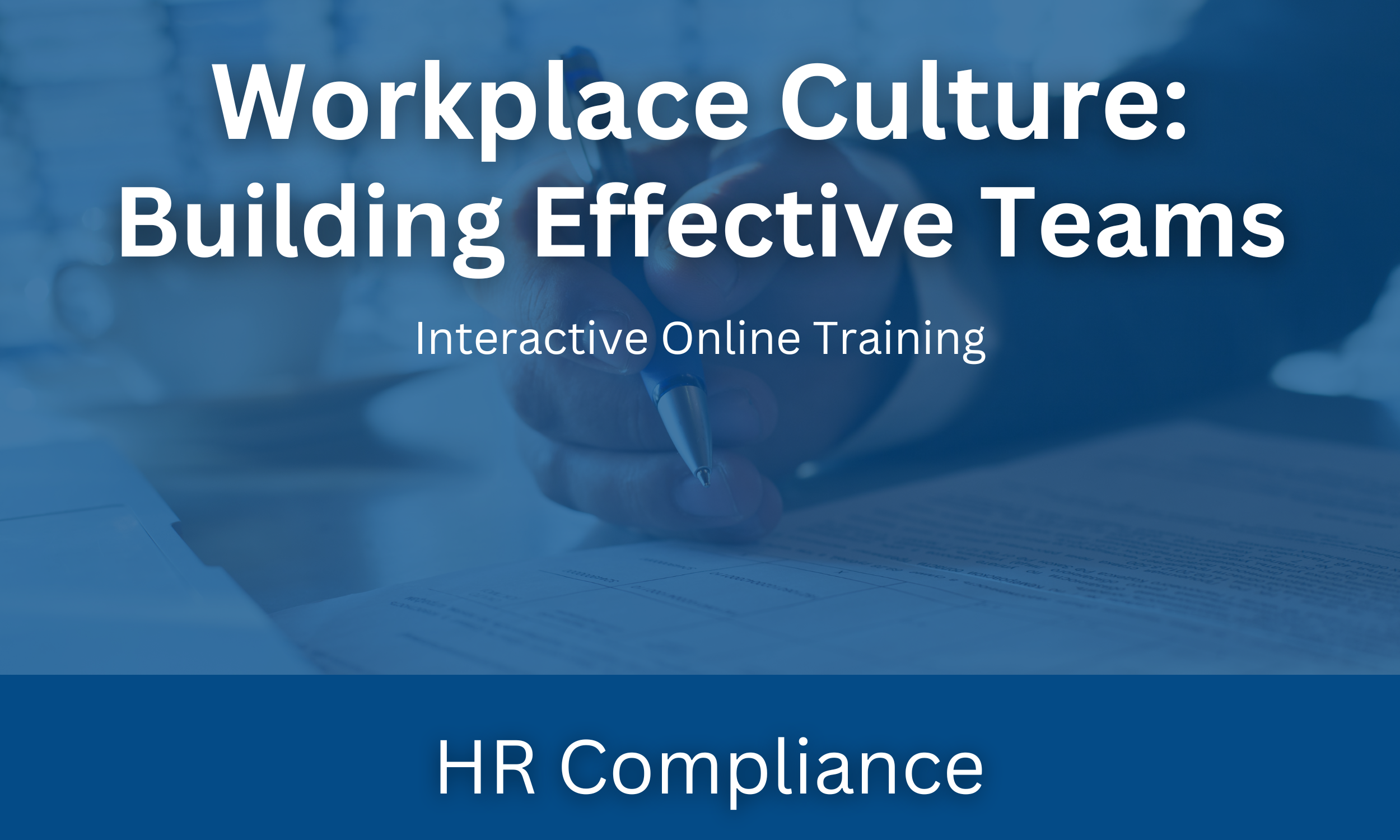Hazard Identification: Recognizing Hazards - Spanish
Did you know that hundreds of thousands of work-related injuries and illnesses are reported to OSHA every year? When a worker is hurt, it can lead to missed days from work or a new job assignment due to being unable to complete a current task. Common workplace injuries include fractures, sprains, bruises, lacerations, burns, and more serious injuries such as amputations, loss of an eye, or even death. In a recent annual study by the Bureau of Labor Statistics (BLS), the top two industries with the most work-related fatalities were the transportation and construction industries.
Veterinary services and nursing were the top industries with non-fatal injuries and illnesses, respectively. These are not the only four industries where injuries, illnesses, incidents, and close calls occur; they occur across all industries, both public and private. By law, employees are entitled to a safe workplace as noted in OSHA’s General Duty Clause (29 USC 654 S5). In addition, OSHA has several other standards in place that address occupational safety and health standards to help reduce and eliminate hazards as well as required protocols to report incidents when they occur (29 CFR 1910 and 29 CFR 1904). Failure to identify or recognize that a hazard–something that could cause potential harm–is present is the main reason injuries, illnesses, and incidents occur.
Do you work in the industry? Are you wondering what you and your co-workers can do to keep yourself safe from injuries, illnesses, and incidents? What types of hazards exist in your workplace? Are there protocols and procedures that can be put in place to reduce or eliminate hazards on the job? This course will help you to identify and recognize common workplace hazards including examples found across all industries and explain how to properly report an incident when one does occur. In addition, this course will discuss how future incidents can be reduced or eliminated through the completion of periodic inspections, as well as job safety analysis and root cause analysis reports. If you are interested in learning more about hazard recognition in the workplace, this course is for you!
Please use the Firefox browser to access this resource after enrollment.
Duration: 24 minutes
Closed Caption: English, Spanish, French
Did you know that hundreds of thousands of work-related injuries and illnesses are reported to OSHA every year? When a worker is hurt, it can lead to missed days from work or a new job assignment due to being unable to complete a current task. Common workplace injuries include fractures, sprains, bruises, lacerations, burns, and more serious injuries such as amputations, loss of an eye, or even death. In a recent annual study by the Bureau of Labor Statistics (BLS), the top two industries with the most work-related fatalities were the transportation and construction industries.
Veterinary services and nursing were the top industries with non-fatal injuries and illnesses, respectively. These are not the only four industries where injuries, illnesses, incidents, and close calls occur; they occur across all industries, both public and private. By law, employees are entitled to a safe workplace as noted in OSHA’s General Duty Clause (29 USC 654 S5). In addition, OSHA has several other standards in place that address occupational safety and health standards to help reduce and eliminate hazards as well as required protocols to report incidents when they occur (29 CFR 1910 and 29 CFR 1904). Failure to identify or recognize that a hazard–something that could cause potential harm–is present is the main reason injuries, illnesses, and incidents occur.
Do you work in the industry? Are you wondering what you and your co-workers can do to keep yourself safe from injuries, illnesses, and incidents? What types of hazards exist in your workplace? Are there protocols and procedures that can be put in place to reduce or eliminate hazards on the job? This course will help you to identify and recognize common workplace hazards including examples found across all industries and explain how to properly report an incident when one does occur. In addition, this course will discuss how future incidents can be reduced or eliminated through the completion of periodic inspections, as well as job safety analysis and root cause analysis reports. If you are interested in learning more about hazard recognition in the workplace, this course is for you!
Please use the Firefox browser to access this resource after enrollment.
Duration: 24 minutes
Closed Caption: English, Spanish, French
Did you know that hundreds of thousands of work-related injuries and illnesses are reported to OSHA every year? When a worker is hurt, it can lead to missed days from work or a new job assignment due to being unable to complete a current task. Common workplace injuries include fractures, sprains, bruises, lacerations, burns, and more serious injuries such as amputations, loss of an eye, or even death. In a recent annual study by the Bureau of Labor Statistics (BLS), the top two industries with the most work-related fatalities were the transportation and construction industries.
Veterinary services and nursing were the top industries with non-fatal injuries and illnesses, respectively. These are not the only four industries where injuries, illnesses, incidents, and close calls occur; they occur across all industries, both public and private. By law, employees are entitled to a safe workplace as noted in OSHA’s General Duty Clause (29 USC 654 S5). In addition, OSHA has several other standards in place that address occupational safety and health standards to help reduce and eliminate hazards as well as required protocols to report incidents when they occur (29 CFR 1910 and 29 CFR 1904). Failure to identify or recognize that a hazard–something that could cause potential harm–is present is the main reason injuries, illnesses, and incidents occur.
Do you work in the industry? Are you wondering what you and your co-workers can do to keep yourself safe from injuries, illnesses, and incidents? What types of hazards exist in your workplace? Are there protocols and procedures that can be put in place to reduce or eliminate hazards on the job? This course will help you to identify and recognize common workplace hazards including examples found across all industries and explain how to properly report an incident when one does occur. In addition, this course will discuss how future incidents can be reduced or eliminated through the completion of periodic inspections, as well as job safety analysis and root cause analysis reports. If you are interested in learning more about hazard recognition in the workplace, this course is for you!
Please use the Firefox browser to access this resource after enrollment.
Duration: 24 minutes
Closed Caption: English, Spanish, French












